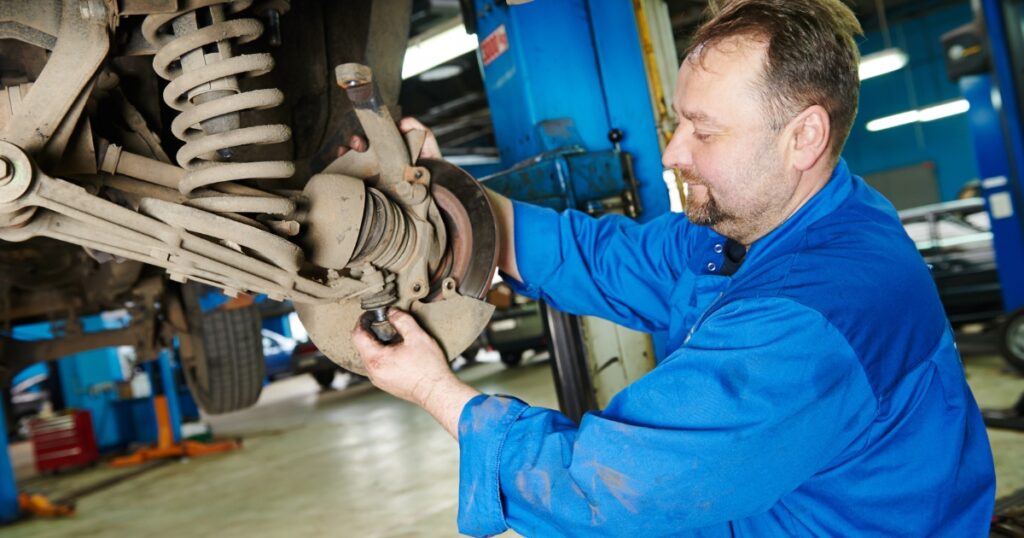Steering and suspension are two important and interrelated systems that provide a smooth ride for a drive on bumpy roads. Both the systems need regular monitoring and ready repairmen in case of any damage. For that it is important for you to know in detail about the function of both the systems, indicators of damage and how to understand the systems need to be repaired. The following blog would discuss both the systems and the importance of regular inspections.
Function of the Suspension System
The suspension system links the car to the wheels. It enables the car to move smoothly over bumpy roads and over other irregular road surfaces to provide a comfortable ride to the passengers. It is attached to a collection of springs and shock absorbers that helps to control the car wheel from the bumping effect of the road.
Devoid of a suspension system when contacted with a bumpy road the car wheels would move up and down against the road. The impact of this vertical movement would hit the car frame causing the wheel to come off and the car front portion to slam the road hard. To avoid such casualty you must ensure the suspension system is firmly connected to the springs and the shock absorbers.
Function of the Steering System
Steering system helps the driver to move the car to different directions. It is connected to the suspension system through the steering column and a bunch of pivotal joints. This connection allows the car to move over a bumpy road, maintain the steering angle and the wheels to turn properly. This communication between the two systems needs precise adjustment and any default in the joints would lead to serious problems in steering balance.
When to Inspect the Systems
Inspecting vehicle parts on a regular basis is very important for smooth driving experience and safety of the riders. It is better to fix small problems readily to avoid further serious damages. There are some important times when you should inspect whether there is any steering or suspension problems:
- After driving every 50,000 miles.
- As part of routine service
- After tire replacement
- After changing oils and filters and after having a brake service.
- Lastly, in case of accidents when the wheels or suspensions are damaged. Even after repairing you need to notice if the steering and suspensions are working smoothly or not.
Parts of Steering and Suspension to Inspect
It is wiser to get a check-up of the steering and suspension systems once or twice a year for unhindered functioning. The annual inspections must include the following important parts:
- Look for shocks, tears, cracks or other specific damage.
- Notice extra bumping, nose dive, rolls and squats.
- Uneven tire wear
- Leakage from the steering parts
- To check the shocks and struts are working correctly bounce the car on the road
- Make sure the tension in the power steering pump is perfect
Ensure that your vehicle is inspected by certified technicians. Vehicle inspection is crucial for safety and security and must be accessed with precision. To ensure that precision, having proper technical knowledge and expertise is crucial. Thus, you must make sure that you check your car with a person with required expertise and knowledge. You must visit the best tires and rims shop in Monroe for high quality inspection services.
Endnotes
Steering and suspension are two of the most vital and interlinked parts of the car. The steering is responsible to move the car towards different directions and the suspension is responsible to control the car bouncing motion over bumpy roads to keep the wheel rolling on the road steadily. Get your steering and suspension checked by certified technicians yearly or bi-yearly to ensure proper functioning.




